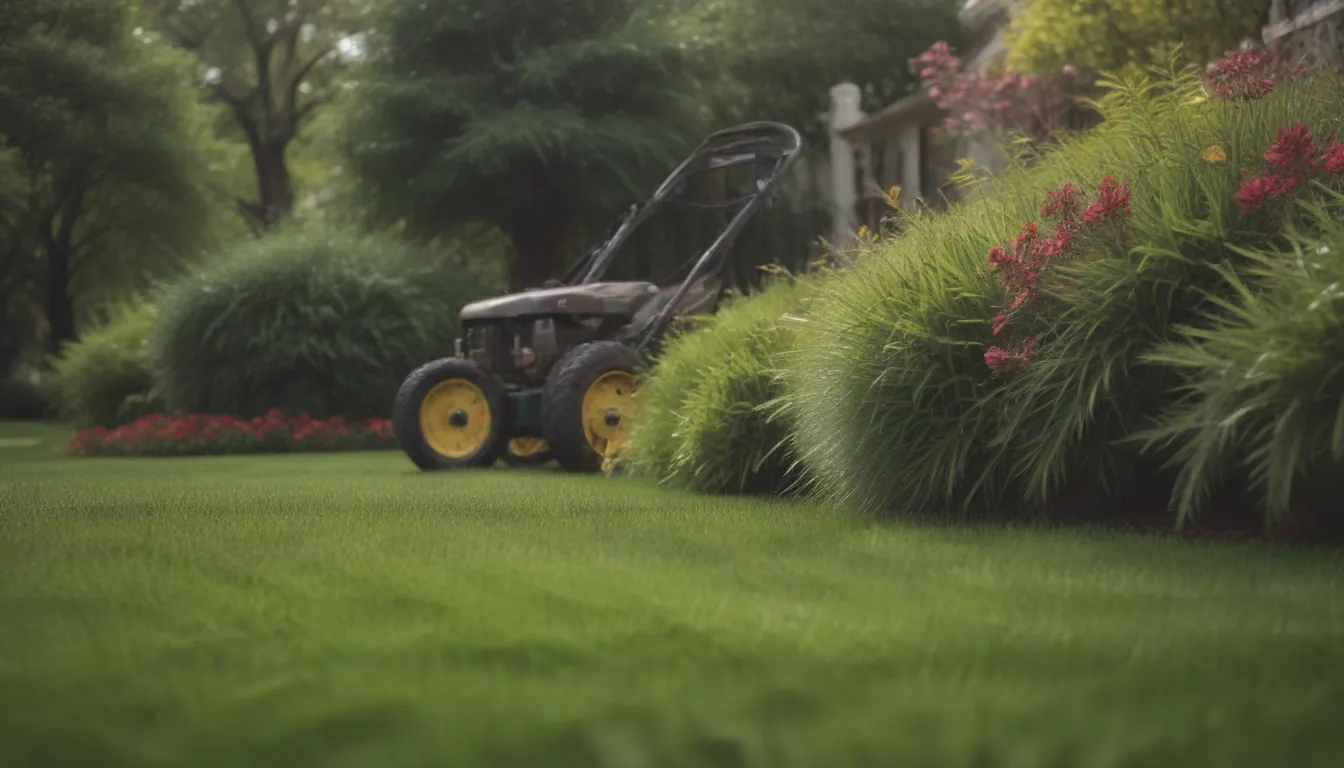Mastering Spring Lawn Care: A Comprehensive Guide for a Lush, Healthy Lawn

As the first signs of spring start to emerge, it’s time to start thinking about how to care for your lawn. From raking to fertilizing, there are essential tasks that need to be completed to ensure your grass is healthy and vibrant throughout the year. Whether you are a seasoned lawn care enthusiast or a beginner looking to improve your lawn maintenance skills, this step-by-step guide will walk you through the process of achieving a beautiful lawn this spring.
Understanding Spring Lawn Care
Spring lawn care is not only essential for maintaining a beautiful lawn but also for ensuring the overall health of your grass. As the weather starts to warm up and the days get longer, your lawn will begin to come back to life after the dormant winter months. It’s crucial to take the necessary steps to prepare your lawn for the growing season ahead.
Spring Lawn Care Steps
-
Rake Gently: Rake your lawn to prepare it for new growth and remove any thatch that is deeper than 1/2 inch. This will help promote healthy grass growth and prevent issues like snow mold.
-
What Is Thatch?: Thatch is the layer of dead turfgrass from the previous year. While a thin layer can be beneficial for the soil, too much thatch can hinder grass growth. Wait to rake until your lawn begins to green up in the spring.
-
Aerate if Necessary: Aerate your lawn to address soil compaction, which can inhibit grass growth. Aeration creates openings in the soil that allow water and air to penetrate, promoting healthy root growth.
-
Assess the Soil: Send a soil sample to determine your soil’s pH level. Grass prefers neutral soil, so amendments may be needed to adjust the pH if it is too acidic or alkaline.
-
Overseed: Apply grass seed to bare patches in your lawn to promote thick, healthy growth. Consider overseeding the entire lawn for a lush appearance.
-
Fertilize: Fertilize your lawn with compost or mulch to provide essential nutrients for healthy growth. Be mindful of not over-fertilizing, as this can lead to weed and disease problems.
-
Apply Pre-Emergent Herbicides: Prevent weeds by applying herbicides before they emerge. Use pre-emergent herbicides to create a barrier that prevents weed seeds from growing.
-
Apply Post-Emergent Herbicides: Address stubborn weeds like dandelions with post-emergent herbicides or by manual removal. Stay on top of weed prevention to maintain a pristine lawn.
-
Service the Lawnmower: Ensure your lawnmower is in top condition for the upcoming mowing season. Sharpen the blade to avoid tearing grass blades and promote a clean cut.
Tips for Spring Lawn Care Success
-
Watering: If you receive enough spring showers, you may not need to water your lawn right away. Wait until the days become hotter and sunnier to water as needed.
-
Mowing: Remember to mow high to keep your grass healthy and prevent weeds from taking over. Taller grass also helps to retain moisture in the soil.
-
Fertilizing: Apply fertilizer in the spring after your grass has started to green up. Follow the instructions on the fertilizer package for best results.
-
Dealing with Dead Spots: Rake dead grass from dead spots in mid-April when the weather is warmer. Raking too early may cause you to miss some areas that need attention.
By following these steps and tips, you can ensure that your lawn is healthy and vibrant throughout the spring and beyond. With a little time and effort, you can enjoy a lush, green lawn that enhances the beauty of your outdoor space. Happy lawn care!





